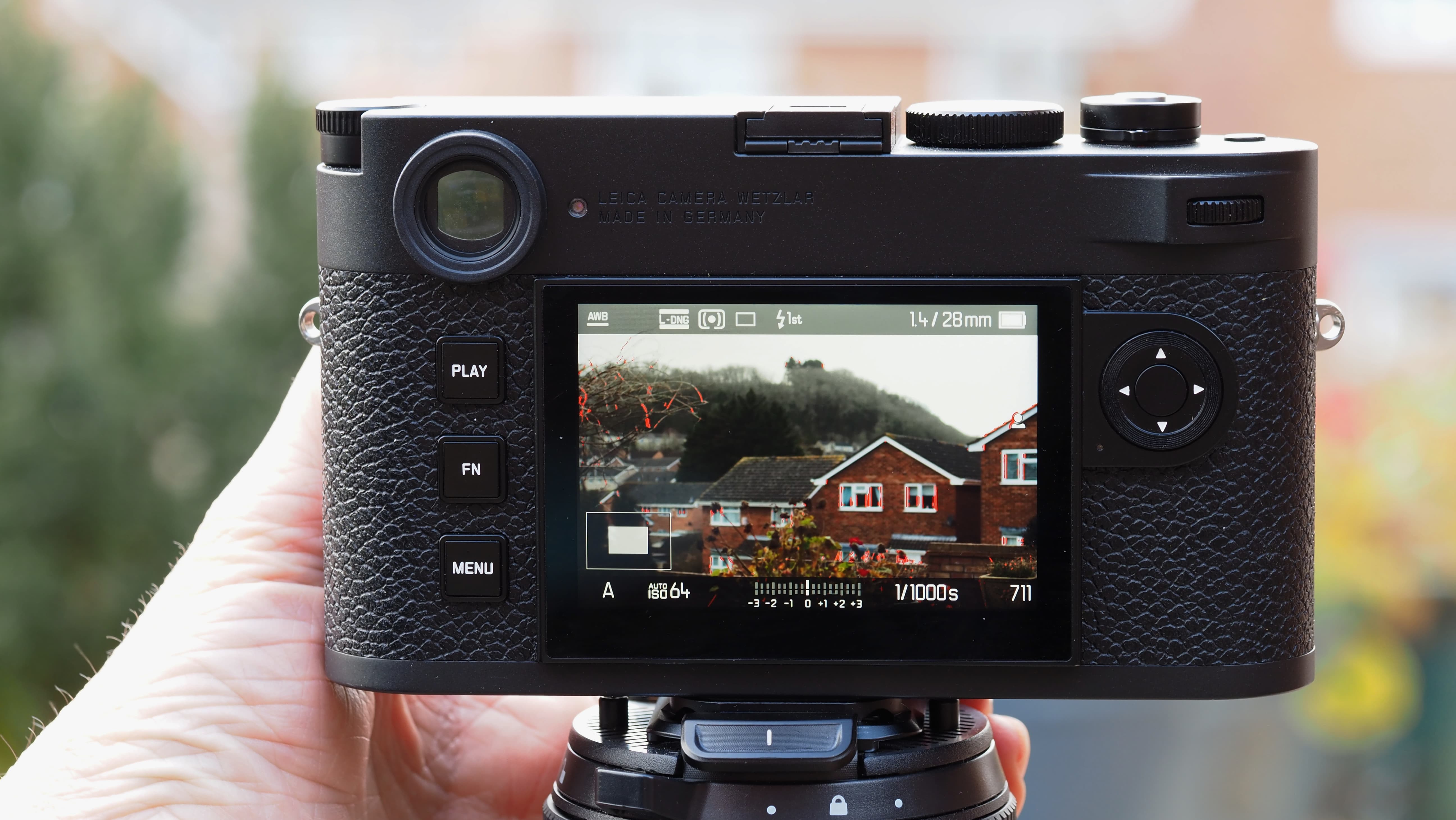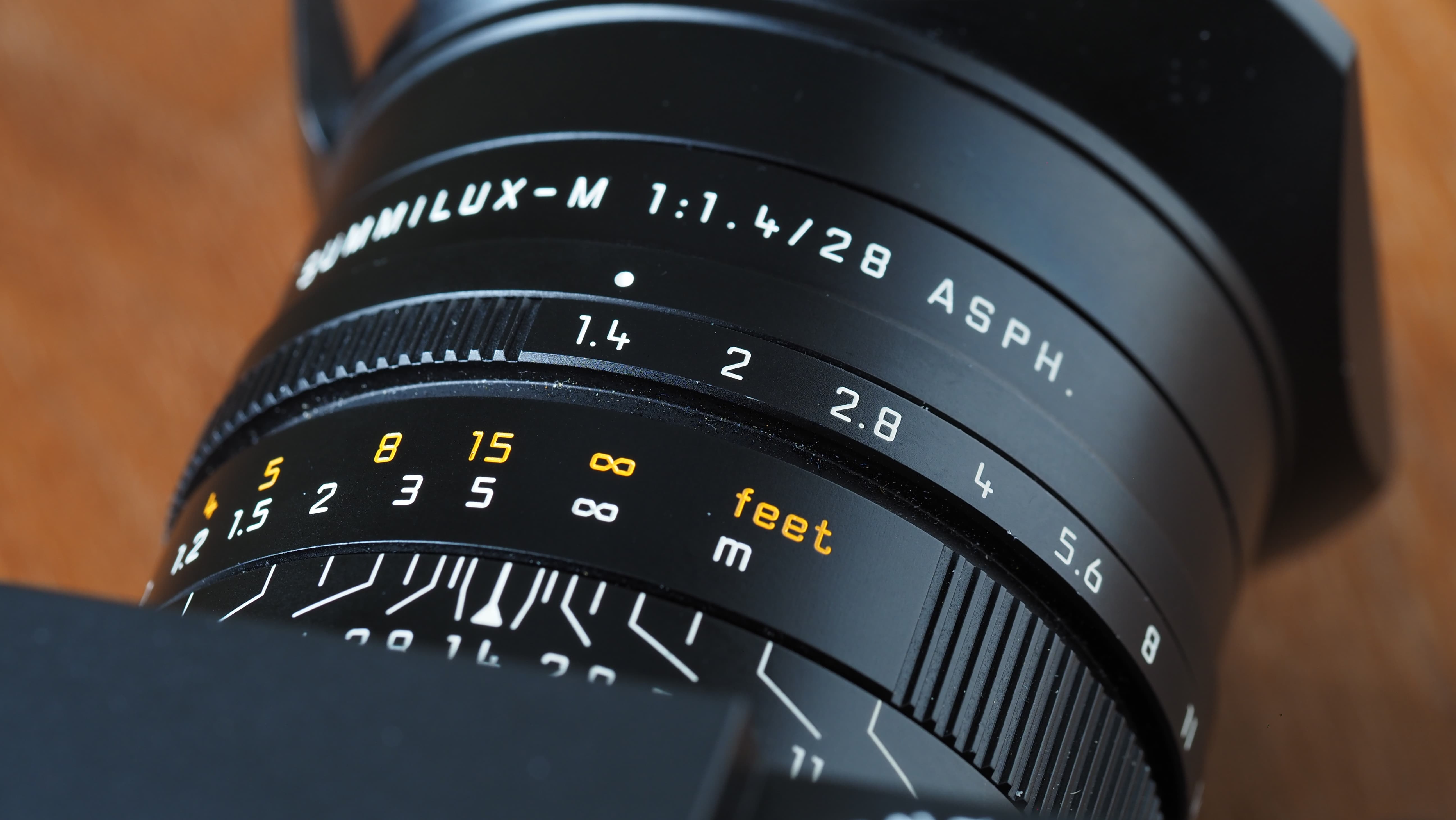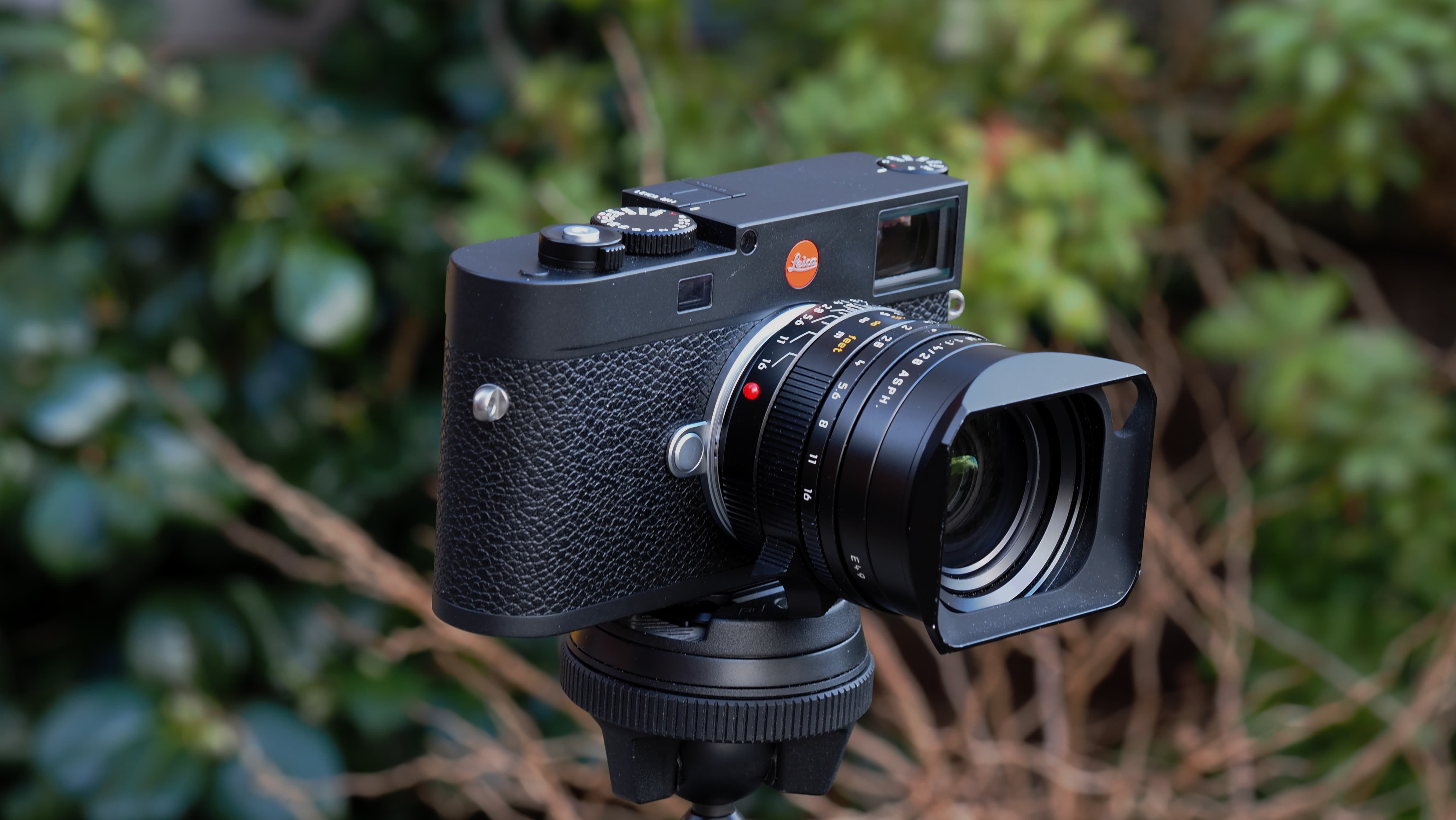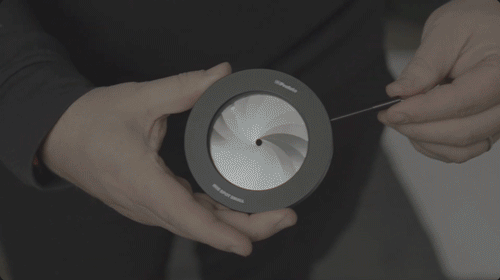Focus peaking sucks, rangefinders rule, and progress doesn't always move forward
So, I’m holding a Leica M11 which has live view focus peaking and an old-school optical rangefinder. Which is working best?

Leica M-series rangefinders are an anachronism. They have clung to direct vision viewfinders for decades after the rest of the world switched to through-the-lens viewing, they are strictly manual focus only – no AF – and they use a coupled rangefinder focusing system based on mirrors, triangulation and a ‘ghost’ image in the viewfinder.
But this particular Leica M offers a choice of old-school optical focusing and a modern digital focusing aid, and a perfect opportunity to make a direct comparison between the two. Focus peaking seems to hold all the cards – it uses the taking lens itself, it uses the image falling directly on the sensor and it has modern digital contrast detection tools to show sharp focus.

Autofocus isn’t everything
Lots of people – stills photographers and especially videographers – use manual focus for consistency between shots, precise control over depth of field and simply because it’s easier to focus yourself than to try to talk the camera into doing it how you want.
Better still (you would think), modern cameras have a bunch of different ways to check manual focus. One is the ‘digital rangefinder’ approach of DSLRs, where even in MF mode an AF point will light up in the viewfinder if the subject comes into focus.
Another is the auto magnify mode when you turn the focus ring. This is really useful with mirrorless cameras (it needs an electronic viewfinder), though it’s not available with every camera/lens combination as it needs the right electrical communication between lens and camera – so you have to magnify ‘manually’ if you’re using an older, ‘dumb’ manual lens.
And then of course there’s focus peaking, where the camera outlines high contrast edges (usually in red) when they come into focus. Again, this is a digital feature made feasible by mirrorless cameras, and is especially valued by videographers.

What’s wrong with focus peaking?
Focus peaking seems to be on every photographer’s wish-list. It is the modern solution to an old problem. But you would kind of hope the modern solution would be better.
Get the Digital Camera World Newsletter
The best camera deals, reviews, product advice, and unmissable photography news, direct to your inbox!
Not for me, it isn’t. I really don’t like focus peaking at all. I find it woolly, vague and not especially accurate. Sometimes there's no real choice, and for video especially it can be just about the best and quickest (or only) way to check focus live before and during filming.
So what's the issue? Focus peaking all right if you are using a wide aperture or a longer lens, or both, when focus peaking can give you a good, clear focus ‘snap’. But if you are using a wide-angle lens, or an older ‘dumb’ lens stopped down to its taking aperture, focus peaking struggles. It needs clear, strong focus separation to work.
But the Leica M11’s ancient rangefinder does not. Admittedly there’s a knack, and sometimes you have to tilt the camera slightly if the subject’s edges are horizontal (to see the ‘ghost’ image separation clearly), but the precision and the focus ‘snap’ is excellent.
Right now I’m looking out of my office window checking the focus of distant objects, and the M11’s rangefinder can clearly distinguish between distant hills at infinity and a large tree that’s maybe 200m away.
That’s way beyond the capabilities of the focus peaking system (even though this uses a 5x magnification). According to the focus peaking display, everything from my garden wall to infinity is sharp – and my marker tree 200 meters away doesn’t have enough contrast to register at all.
There’s nothing wrong with the M11’s focus peaking system – it’s focus peaking itself that’s the issue. It’s something we all assume will work brilliantly with perfect accuracy and it doesn’t. It’s a focus aid that might be useful, but you can't assume it's going to be precise or reliable.

The M11 raises another interesting point. Its rangefinder focusing has a precision and a ‘snap’ we just don’t get any more with through-the-lens manual focusing systems. Which is probably why most of us just give up and use AF instead.
Modern cameras are designed to be automatic, with manual operation offered as a concession, or an override. Old-school cameras like the Leica M are designed to be manual – and it shows.
Read more:
• Best Leica cameras
• Best retro cameras
• Best Leica M lenses
• Best film cameras

Rod is an independent photography journalist and editor, and a long-standing Digital Camera World contributor, having previously worked as DCW's Group Reviews editor. Before that he has been technique editor on N-Photo, Head of Testing for the photography division and Camera Channel editor on TechRadar, as well as contributing to many other publications. He has been writing about photography technique, photo editing and digital cameras since they first appeared, and before that began his career writing about film photography. He has used and reviewed practically every interchangeable lens camera launched in the past 20 years, from entry-level DSLRs to medium format cameras, together with lenses, tripods, gimbals, light meters, camera bags and more. Rod has his own camera gear blog at fotovolo.com but also writes about photo-editing applications and techniques at lifeafterphotoshop.com
